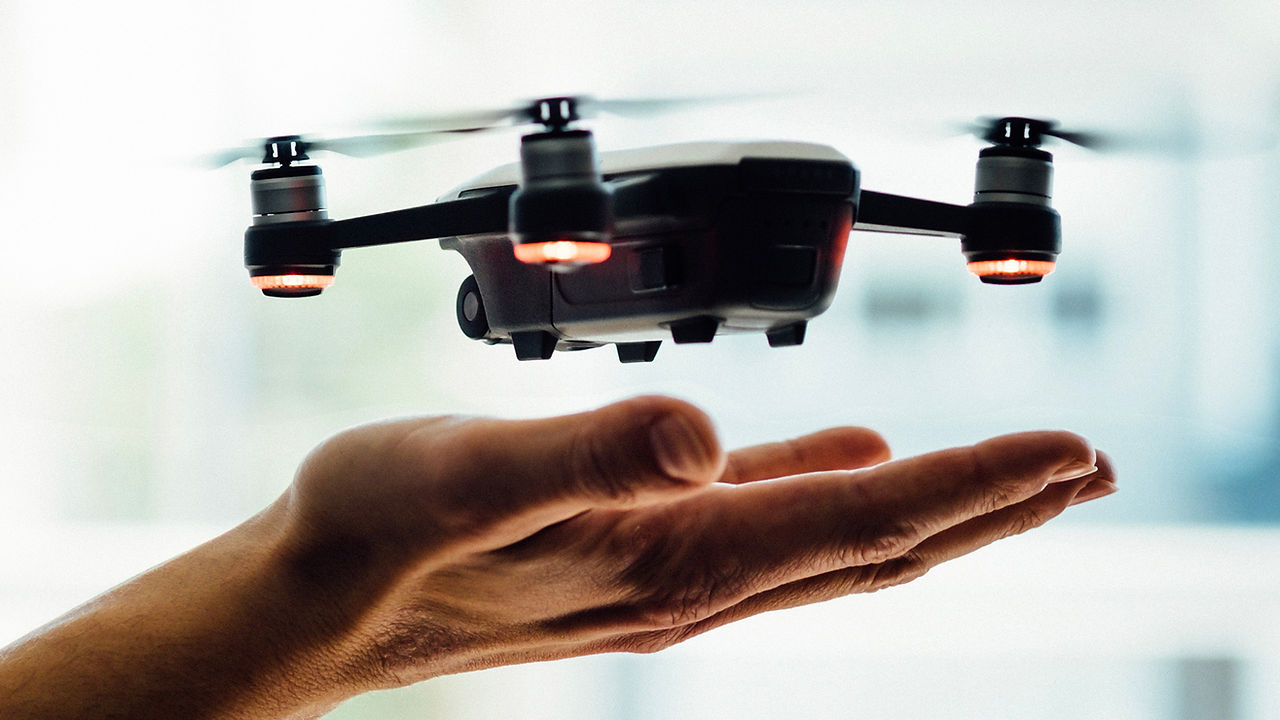
RESEARCH & CONSERVATION
TECHNOLOGY TEAM
drones. transponders. telemetry. bioacoustics. sensors. GPS. GIS.
Volunteer and Internship Opportunities
* All training provided *
Using technology to better understand wildlife ecology, safely assess threats to wildlife, and more effectively conserve tropical forests in Amazonian Peru
Team Objectives
The Research and Conservation Technology Team, with headquarters in the city of Puerto Maldonado, is tasked with helping all other research and conservation teams identify and implement appropriate modern technology solutions to help them answer research questions more effectively and to achieve forest conservation goals more efficiently. Technology can now be used to accurately locate with extreme precision the position of focal animals, trees, and impacted habitats (such as felled trees), which in turn can be better visualised and analysed within state-of-the-art Geographic Information Systems (GIS). Technology is also revolutionising the way we collect and store everyday information that previously was collected and stored with pen and paper.

Members of the Boca Pariamanu Native Community evaluating camera trap imagery of wildlife species that visit clay-licks within community-managed forests. Photo: Juan Carlos Huayllapuma
Methods Used and Skills Taught
The technology and associated techniques that our volunteers and interns are exposed to and learn about in this team, under the leadership and supervision of our team coordinators, include: (1) Drones, which are used to collect high-definition aerial photography and video of habitats, communities, and landscape components at our wildlife research sites, forest conservation sites, and of the lands managed by the indigenous and mestizo communities that we work with; (2) Passive Integrated Transponders (PIT), which are tags used to uniquely identify focal individuals of ecologically important species (caiman, bats, snakes, tortoises, etc.); (3). Radio telemetry techniques, using active (moving) and passive (stationary) receivers, are used to follow focal animals as they move through their territories, including real-time relays of position information, to better understand movement and activity patterns, home range size, and the location of key foraging and reproduction areas; (4) Bioacoustic techniques, using microphones (tuned to audible and ultrasound frequencies), to help identify nocturnal bat, frog, and owl species, and to determine their densities across habitats via sophisticated triangulation methods; (5) Digital camera traps and security camera video systems to monitor wildlife reproductive sites (burrows, nests, etc.) with minimal disturbance; (6) Automated climate stations that collect temperature, humidity, and rainfall information in digital formats; and (7) Digital solutions to help transition away from traditional pen and paper methods of collecting and storing basic wildlife population monitoring data. Understanding the software packages used to analyse imagery, position, animal calls, and so forth, is also an integral part of the skills taught in this team. Click here for more details about this program.
.jpg)
A small Passive Integrated Transponder (PIT) tag being inserted in the tail region of a Smooth-fronted caiman (Paleosuchus trigonatus).
Photo: Stijn de Jong
.jpg)
A PIT-tag reader from Biomark being used to identify the unique number of the PIT tag inserted into the caiman. Photo: Stijn de Jong
A Typical Day
The technology and the project teams supported on any particular day will determine the order of activities and concomitant wake-up times, although participants of the research and conservation technology team can expect to work for 4 hours in the morning and another 4-5 hours in the late afternoon and evening period. When working with the forest ranger, community development, and primate research teams, then drones, camera traps, and security camera systems are likely to be used. When working with the bat research team, then bioacoustic systems will be used. When on the bird and raptor teams, then bioacoustics and radio telemetry will be the name of the game. When with the herpetofauna research team, bioacoustics and PIT tagging systems will be the focus. And when assisting the botany and tree research team, then drones and sensors monitoring rainfall, temperature, and light levels will be used. Project laptops with GIS software and satellite imagery are used almost daily to help plot results and help team coordinators and the Principal Investigator interpret and make informed decisions based on these results.

Ian Conrad Markham, one of our drone fliers from Wild Hope Collective in the USA.
Video: Chris Kirkby
Volunteer and Intern Participation Fees
1 week - US$ 700
2 weeks - US$ 1200
3 weeks - US$ 1650
1 month - US$ 2200
2 months - US$ 3900
3 months - US$ 5000
4 months - US$ 6000
Included
All meals (veg options available) and lodging (shared rooms), scheduled transfers, field training and supervision, research permits, research activities.
Not included
Flights, non-scheduled transfers, clothes washing, rubber boots, rain poncho, personal medical issues.
Dates
Any time of year. We recommend successful applicants arrive in the city of Puerto Maldonado (PEM) on either a Tuesday, Wednesday, or Thursday if at all possible. The city is served by daily flights from Lima (LIM) and Cusco (CUZ) via the airline Latam.
Non-profit Fee Breakdown
Transfers 4%
Accommodation 18%
Meals 14%
Equipment 4%
Repairs 4%
Communication 18%
Staff 14%
Profit 0%
Recommended Reading
Books and Manuals

Analysis of Wildlife Tracking Data
By: White & Garrott

A Manual for Wildlife Radio Tagging. By: R.E. Kenward

Learning QGIS (Third edition)
By: A. Graser
Published Articles
Meyburg (1992) Monitoring raptors by means of satellite telemetry: Some goals, achievements and limitations. World Working
Group on Birds of Prey, Berlin.
Taylor (2017) The Motus Wildlife Tracking System: A collaborative research network to enhance the understanding of wildlife
movement. Avian Conservation and Ecology 12(1): 8. https://doi.org/10.5751/ACE-00953-120108



